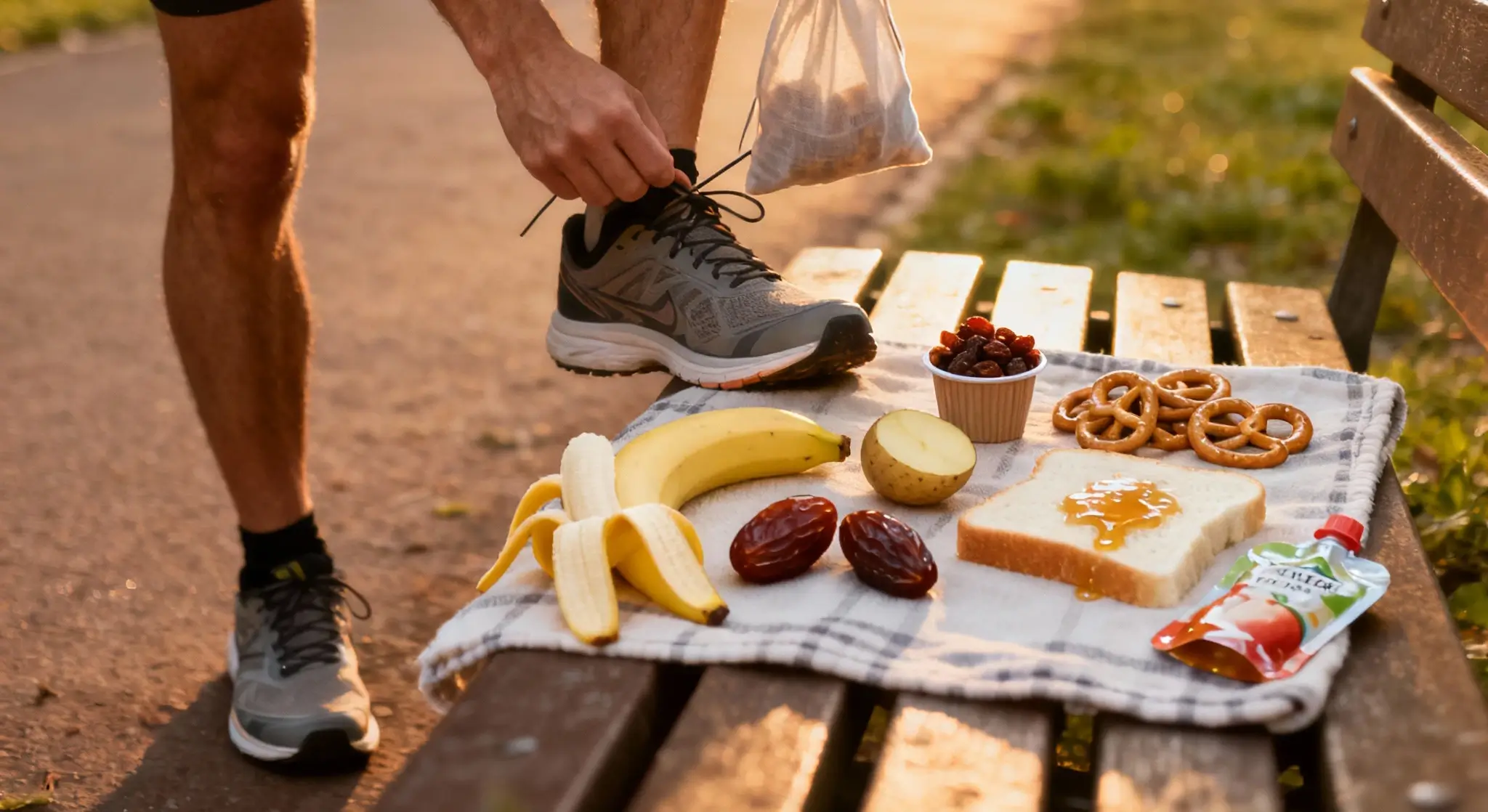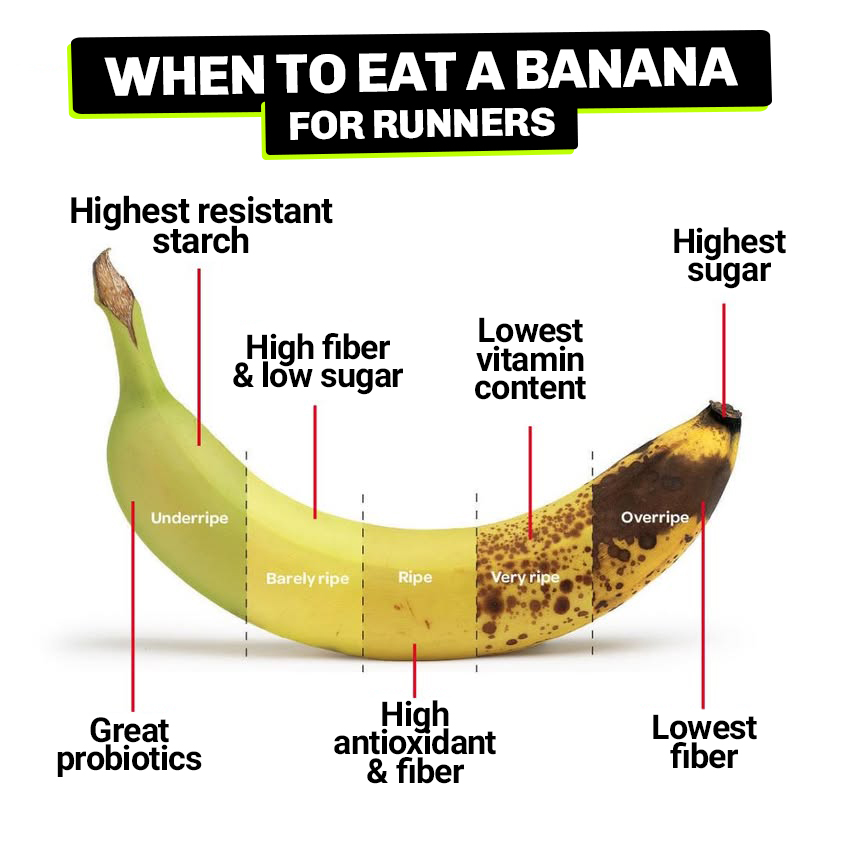10 Essential Nutrition Rules for Marathon Training
Mastering marathon nutrition is the secret weapon of strong runners. These 10 rules will help you fuel smarter, recover faster, and crush race day.
Forget expensive gels. Learn how to fuel your long runs with simple, real foods that keep your energy steady and your stomach happy.

Fueling your body for long runs doesn’t have to rely on gels, chews, or expensive engineered products.
Real food can power your performance just as effectively and often for a fraction of the cost.
Finding the right fueling strategy for long runs or races can feel complicated, but that’s because there isn’t just one correct way to do it.
Everyone’s body responds differently, and while sports gels and chews are popular for their convenience, they’re not your only option.
Real food can provide the same energy benefits, as long as your stomach tolerates it well.
Your fueling plan depends on how long you’re running. Here’s a simple breakdown to guide you:
If you’ve gone out for long runs without eating and felt fine, that’s great but most runners perform better when they follow these guidelines.
Proper fueling can make a big difference in maintaining energy and avoiding the dreaded late-run crash.
Gonzales recommends whole foods whenever possible.
They offer a range of natural nutrients, are easier for your body to digest, and can be much more budget-friendly than engineered products.
Look for foods rich in simple carbohydrates and low in fat and fiber, since those can slow digestion and cause stomach discomfort. Some proven options include:

For runners with sensitive stomachs, it’s best to avoid high-fat foods before a run.
Keep your mid-run fuel light and make sure to eat well before and after your workout to support recovery.
One challenge with real food is portability. Luckily, a few tricks make it easy to carry your gels and real food.
Try mashing bananas or potatoes into a resealable bag before your run, then tear a corner off mid-run and eat it like a gel.
You can also prepare homemade energy balls or bars for a cleaner, more natural alternative.
Track your fueling experiments in your training journal. Note what foods worked well, what quantities kept your energy steady, and whether anything caused discomfort.
With a few weeks of testing, you’ll find what your body performs best on.
Every runner’s fueling needs are unique.
Some will thrive on natural options, while others prefer engineered sports products designed for quick absorption. Both methods can work the key is understanding your body’s response.
As Gonzales puts it, “There’s real value in knowing exactly what’s going into your body and avoiding unnecessary additives that can trigger inflammation.”
So next time you prep for a long run, consider skipping the pricey gels and giving real food a try. Your wallet and your stomach might thank you.
Start your running journey today!
No spam. Cancel anytime.